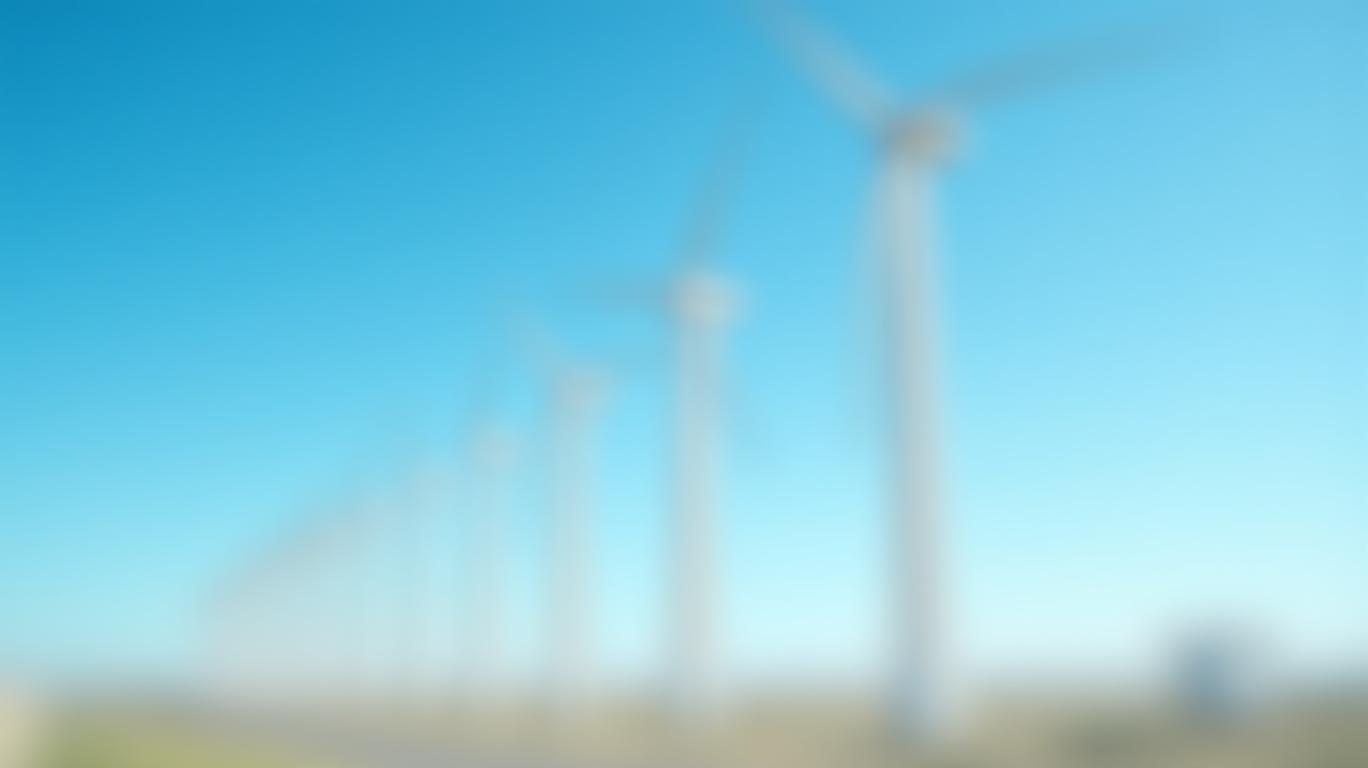Vestas Wind Systems Stays Steady Amid Turbulence: FY25 Guidance Holds as Renewables Surge
The global transition to renewable energy has thrust wind power into the spotlight, and no company embodies this shift more than Vestas Wind Systems. Despite geopolitical headwinds, supply chain challenges, and volatile energy markets, Vestas reaffirmed its full-year 2025 revenue guidance of €18–20 billion in its Q1 results, signaling confidence in its ability to capitalize on the growing demand for wind energy. This steadfast guidance underscores a strategic pivot toward higher-margin services and operational discipline—a move that could position Vestas as a long-term winner in an increasingly competitive sector.

Q1 Momentum and Strategic Priorities
Vestas’ first-quarter results provided a glimpse into its execution capabilities. Revenue surged 29% year-on-year to €3.468 billion, driven by strong performance in the Power Solutions segment, which includes hybrid energy systems and energy storage. The EBIT margin before special items improved to 0.4%, a marked turnaround from -2.5% in Q1 2024, despite seasonal headwinds and costs tied to scaling offshore and onshore manufacturing. The company’s order backlog swelled to €69.8 billion, up €8.8 billion from a year earlier, with 36% year-on-year growth in firm turbine orders to 3,135 MW. These figures suggest Vestas is not only maintaining demand but expanding its pipeline in a market where competition is intensifying.
The Case for Confidence: Services and Structural Shifts
The reaffirmed guidance hinges on two pillars: the growth of the Service segment and structural improvements in profitability. Service revenue, which now accounts for roughly 40% of total backlog, benefits from long-term contracts with predictable cash flows. Vestas estimates the global service market will grow 8–10% annually, and its €13.7 billion in new service agreements in 2023 alone highlights its dominance here.
Meanwhile, Vestas is tackling legacy projects that have dragged down margins. The company aims to complete its “Service recovery plan” by 2026, targeting a 10% EBIT margin in the medium term—a goal that appears increasingly achievable as low-margin contracts expire. CEO Henrik Andersen emphasized that Vestas is “on track” to meet its 2025 targets despite challenges, including geopolitical fragmentation and rising costs tied to localization requirements in key markets like the U.S. and Europe.
Risks and the Road Ahead
The guidance is not without caveats. Vestas warns that risks such as currency fluctuations, supply chain disruptions, and delays in project execution could still disrupt progress. Its EBIT margin guidance of 4–7% for 2025 reflects this caution, as it works to offset costs from scaling offshore manufacturing and absorbing inflation. For instance, the offshore segment’s EBIT margin fell to -1.6% in Q1 due to ramp-up costs, though the company expects this to improve as it finalizes contracts for large projects in the North Sea and U.S. Gulf Coast.
Conclusion: A Wind Firm Anchored in Growth
Vestas’ reaffirmed guidance is a vote of confidence in its strategy to balance near-term challenges with long-term opportunities. With a €69.8 billion backlog—a record for the company—and a services business that promises steady revenue, Vestas is well-positioned to weather current headwinds. Its Q1 EBIT margin improvement, even in a seasonally weak quarter, suggests operational levers are working.
Crucially, the global renewable energy transition remains a tailwind. The International Energy Agency projects that wind could supply 35% of global electricity by 2050, and Vestas’ leadership in both turbine manufacturing and service contracts places it at the heart of this growth. While risks persist, Vestas’ execution in Q1 and its disciplined focus on profitability make it a compelling play on the energy transition—provided investors are willing to tolerate the volatility inherent in capital-intensive, project-driven industries.
For now, the wind is at Vestas’ back.

_ea5fa73f1750203501414.jpg)
_dab570481750202897772.jpg)







